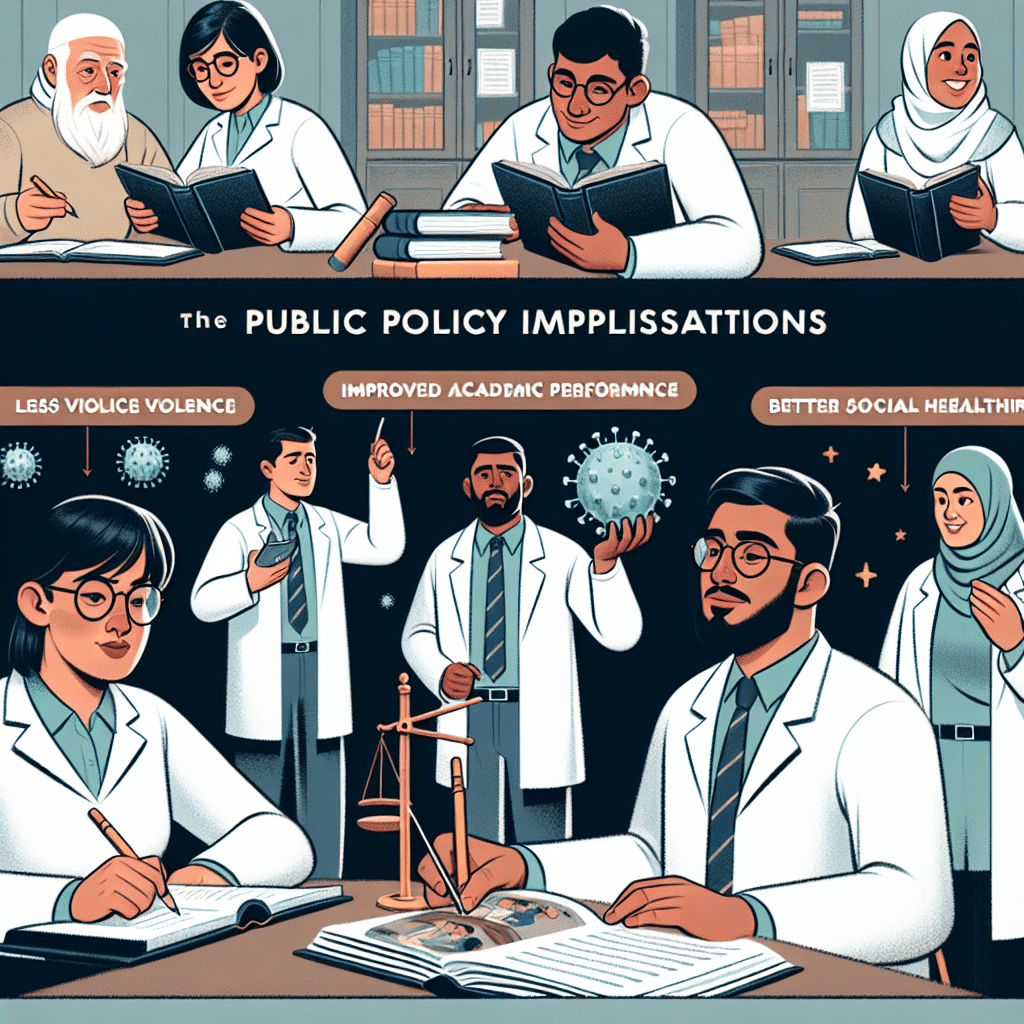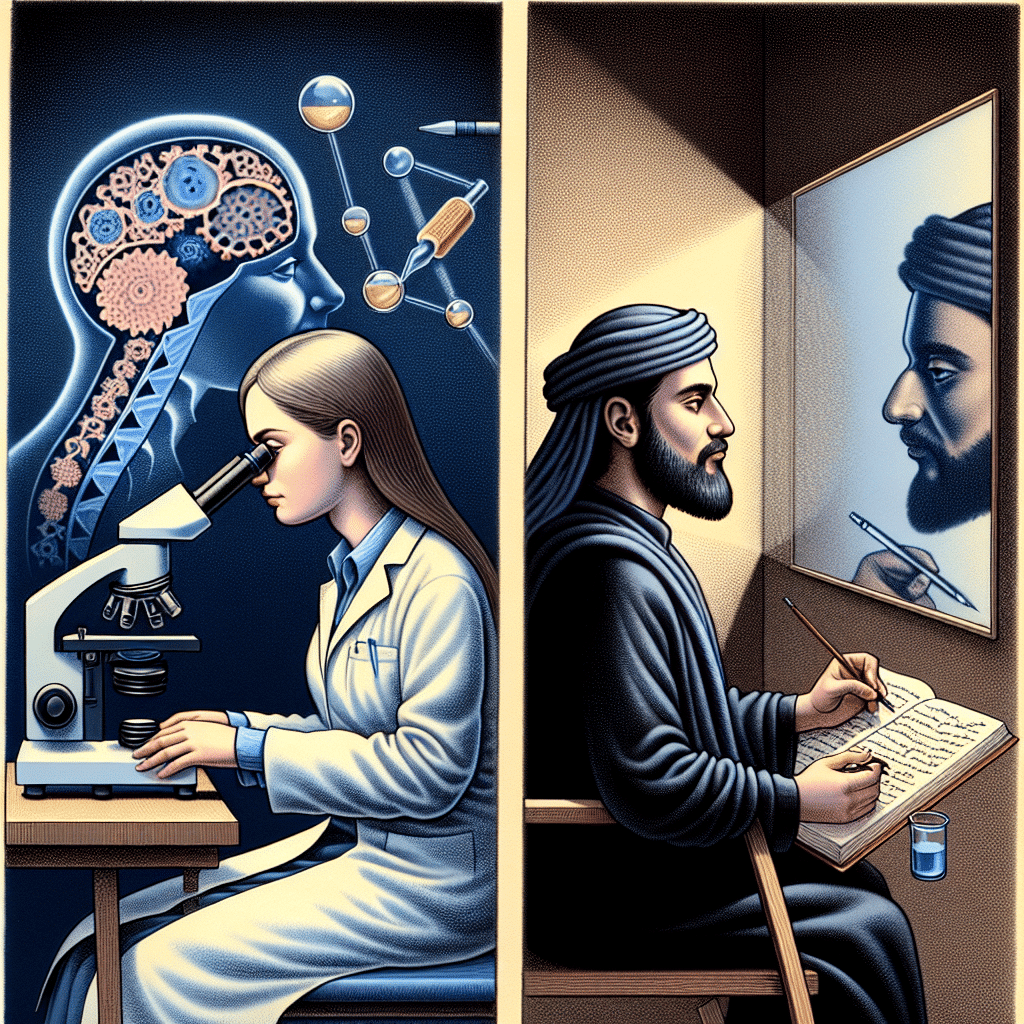Importance of Creativity in Leadership
Creativity is an invaluable trait for effective leadership. It not only enables leaders to think outside the box but also empowers them to find innovative solutions to complex problems. In today’s fast-paced and ever-changing business landscape, leaders must embrace creativity to stay competitive and drive success.
Creative leaders are known for their ability to challenge the status quo and bring fresh perspectives to the table. They possess a unique blend of imagination, vision, and critical thinking skills that allows them to see opportunities where others may only see obstacles. These leaders are not afraid to take risks and encourage their teams to do the same.
Furthermore, creative leaders foster an environment that encourages creative thinking. They understand that diverse perspectives and ideas are crucial to driving innovation and growth. By nurturing a culture of creativity, leaders inspire their teams to think differently, explore new possibilities, and step outside their comfort zones.
There are various strategies that leaders can adopt to cultivate creative thinking in their teams. First and foremost, they must create an open and inclusive environment where everyone feels comfortable expressing their ideas without fear of judgment. This can be achieved by fostering a culture of trust, respect, and psychological safety.
Leaders should also provide their teams with the necessary resources and support to experiment and take risks. This could include allocating time and budget for innovation projects, establishing cross-functional teams, and encouraging collaboration among team members. By creating these opportunities, leaders can spark creativity and encourage the generation of groundbreaking ideas.
Additionally, leaders can promote creativity by leading by example. By openly embracing their own creative thinking and sharing their creative processes with their teams, leaders inspire and motivate their employees to think creatively as well. This can be achieved through activities such as brainstorming sessions, design thinking workshops, and fostering a culture of continuous learning and professional development.
In conclusion, creativity is an essential attribute for effective leadership. Creative leaders not only have the ability to think outside the box but also empower their teams to do the same. By inspiring a culture of creativity and adopting strategies to nurture creative thinking, leaders can drive innovation, problem-solving, and ultimately, organizational success.

Characteristics of Creative Leaders
In today’s fast-paced and ever-changing business landscape, the ability to think creatively is essential for effective leadership. Creative leaders bring a unique set of characteristics and skills that set them apart from traditional leaders. Here are some key traits that make creative leaders successful:
Visionary Thinking
Creative leaders have a clear vision of the future and are able to see possibilities and opportunities where others may see obstacles or limitations. They have the ability to think outside the box and envision innovative solutions to complex problems.
Open-Mindedness
One of the defining characteristics of creative leaders is their openness to new ideas and perspectives. They are not afraid to challenge the status quo and are willing to take risks in order to drive innovation. They actively seek out diverse viewpoints and create an environment where everyone feels comfortable sharing their ideas.
Adaptability
Creative leaders understand the importance of adaptability in today’s rapidly changing business environment. They are quick to embrace change and are flexible in their approach to problem-solving. They are able to navigate through uncertainty and seize opportunities as they arise.
Empathy
Creative leaders have a deep understanding of the needs and motivations of their team members. They are skilled at building strong relationships and creating an environment where individuals feel valued and empowered. By showing empathy, they are able to tap into the unique strengths of each team member and foster collaboration.
Risk-Taking
Creative leaders are not afraid to take risks and are willing to experiment and learn from failure. They encourage their team members to take calculated risks and create a safe environment where mistakes are seen as learning opportunities. This mindset encourages innovation and encourages individuals to think outside the box.
Problem-Solving Skills
One of the core skills of creative leaders is their ability to solve complex problems. They have a knack for breaking down challenges into manageable steps and finding innovative solutions. They are comfortable with ambiguity and are skilled at asking the right questions to uncover new insights.
Promote a Culture of Creativity
Creative leaders understand the importance of creating a culture that values and encourages creativity. They foster an environment where everyone feels empowered to think creatively and contribute their ideas. They promote open communication, collaboration, and continuous learning.
Encourage Experimentation
Creative leaders recognize that innovation requires experimentation. They create an environment where individuals are encouraged to try new approaches, even if they may not be successful. By encouraging experimentation, they create opportunities for growth and innovation.
Provide Support and Resources
Creative leaders provide their team members with the necessary support and resources to foster creativity. They ensure that individuals have access to the tools, training, and opportunities they need to develop their creative thinking skills. They also provide guidance and feedback to help individuals refine and implement their ideas.
By embracing these characteristics, leaders can tap into their creative potential and inspire their teams to think innovatively. Creative leaders have the ability to drive growth, foster innovation, and navigate through uncertainty in today’s rapidly changing business landscape.
III. Inspiring a Culture of Creativity
Importance of Creativity in Leadership
Creativity is a crucial trait for effective leadership. Leaders who are creative have the ability to think outside the box, solve complex problems, and foster innovation within their organizations. They are not limited by traditional thinking patterns and are willing to take risks and explore new ideas. By inspiring a culture of creativity, leaders can unlock the full potential of their teams and drive organizational success.
Characteristics of Creative Leaders
Creative leaders possess a unique set of characteristics that enable them to thrive in today’s dynamic business environment. They are open-minded, adaptable, and willing to challenge the status quo. These leaders are comfortable with ambiguity and encourage their teams to embrace uncertainty as a catalyst for innovative thinking. They also value diversity, as they understand the power of different perspectives and experiences in driving creativity.
Inspiring a Culture of Creativity
To inspire a culture of creativity within an organization, leaders must first lead by example. They must promote and celebrate creative thinking in all aspects of their work and encourage their teams to do the same. This can be done through recognizing and rewarding innovative ideas and initiatives, and creating platforms for employees to share and collaborate on their creative endeavors.
It is also important for leaders to create a safe and supportive environment that encourages risk-taking and experimentation. This involves fostering a culture of psychological safety where team members feel comfortable sharing their ideas and taking calculated risks without fear of failure or judgment. Leaders can do this by actively listening to their employees, providing constructive feedback, and creating a culture that embraces learning from mistakes.
Strategies for Nurturing Creative Thinking
Leaders can implement specific strategies to nurture creative thinking within their teams. One effective approach is to encourage cross-functional collaboration and diversity of thought. By bringing together individuals with different backgrounds, expertise, and perspectives, leaders can create a rich environment for creative problem-solving and innovation.
Leaders can also provide opportunities for learning and professional development in creativity and innovation. This can include workshops, training programs, or even partnering with external experts to provide insights and inspiration. By investing in their employees’ creative skills, leaders demonstrate their commitment to fostering a culture of innovation and growth.
Encouraging Innovation and Team Collaboration
Finally, leaders must actively encourage innovation and teamwork. They can do this by providing resources, such as time, funding, and technology, to support the development and implementation of innovative ideas. They should also establish clear goals and objectives that align with the organization’s overall strategy and empower their teams to take ownership of their projects.
Effective communication is also key in fostering creativity and collaboration. Leaders should create channels for open and transparent communication, where ideas can be freely shared, debated, and refined. By actively listening to their employees’ ideas and opinions, leaders can harness the collective intelligence of their teams and drive innovation forward.
In conclusion, inspiring a culture of creativity is vital for leaders who want to drive innovation and success within their organizations. By valuing and promoting creativity, leaders can unlock the full potential of their teams and create a sustainable competitive advantage. By implementing strategies such as encouraging cross-functional collaboration, nurturing creative thinking, and empowering their teams, leaders can foster a culture of innovation and propel their organizations to new heights.
Strategies for Nurturing Creative Thinking
In today’s rapidly changing and highly competitive business environment, nurturing creativity within a team of leaders is crucial for driving innovation and staying ahead of the curve. Here are several strategies that can be employed to foster creative thinking:
1. Encourage a Growth Mindset
A growth mindset is the belief that abilities and intelligence can be developed through dedication and hard work. By promoting a growth mindset within the team, leaders can cultivate an environment where individuals feel empowered to take risks, explore new perspectives, and embrace failure as a learning opportunity. This mindset shift encourages out-of-the-box thinking and enables leaders to tap into their creative potential.
2. Create Diverse Teams
Diversity in terms of backgrounds, experiences, and skill sets can drive creativity and innovation. By assembling teams with a variety of perspectives and expertise, leaders can foster a culture of collaborative problem-solving and stimulate creative thinking. Encouraging diverse teams also allows for the integration of different ideas and approaches, leading to more innovative solutions.
3. Provide Time and Space for Reflection
In the fast-paced world of leadership, it can be challenging to find time for reflection. However, creating opportunities for leaders to step back, take a break, and engage in introspection can greatly enhance their creative thinking. Providing dedicated time and space for reflection allows leaders to gain fresh perspectives, make connections, and generate new ideas that can drive innovation within the organization.
4. Foster a Curious and Learning Organization
Leaders should encourage a culture of curiosity and continuous learning within their teams. This can involve providing access to learning resources, organizing workshops and seminars, and promoting knowledge-sharing among team members. By nurturing a thirst for knowledge and encouraging the exploration of new ideas, leaders can fuel creative thinking and inspire team members to push boundaries and come up with groundbreaking solutions.
5. Embrace Failure and Celebrate Success
In a creative environment, failure should be viewed as a stepping stone towards success. Leaders should create a safe space where mistakes are seen as valuable learning opportunities. Encouraging risk-taking and experimentation allows leaders and their teams to try new approaches, learn from failures, and iterate on their ideas. In addition, it is equally important to celebrate successes and acknowledge the contributions of team members, as this fosters a positive and motivating environment for creativity to thrive.
By implementing these strategies, leaders can nurture creative thinking within their teams, inspire innovation, and establish a culture that embraces the value of creativity in driving organizational success.
Encouraging Innovation and Team Collaboration
In today’s dynamic and fast-paced business environment, encouraging innovation and fostering a collaborative culture within teams is essential for successful leadership. Creative leaders understand the value of diverse perspectives and the power of collaboration in driving innovation and achieving business goals.
Benefits of Innovation
Innovation is the key to staying ahead of the competition. By encouraging innovation within their teams, leaders not only foster creativity but also create a culture of continuous improvement and growth. Innovative ideas can lead to new products, services, processes, or strategies that can propel the organization forward.
In addition, fostering innovation helps to cultivate a positive and engaged workforce. When employees have the opportunity to contribute their ideas and see their suggestions being implemented, it boosts their level of job satisfaction and motivation. This, in turn, enhances productivity and employee retention.
The Power of Collaboration
Collaboration is an essential component of creativity and innovation. When team members from different backgrounds, experiences, and expertise come together to solve problems or develop new ideas, the results are often more comprehensive and effective than if individuals had worked independently.
As a creative leader, it is important to create a collaborative environment where team members feel comfortable sharing ideas and opinions. This can be achieved by fostering open communication, creating opportunities for brainstorming and idea sharing, and encouraging active participation in team projects.
Team collaboration also helps to foster a sense of shared ownership and accountability. When team members work together towards a common goal, they become invested in the success of the project and are more likely to offer support and assistance to their colleagues.
Strategies for Encouraging Innovation and Collaboration
There are several strategies that creative leaders can employ to encourage innovation and team collaboration:
- Set a clear vision: Clearly communicate the organization’s goals and objectives to ensure that team members are aligned and focused on a common purpose.
- Create a safe space: Foster a non-judgmental and open-minded environment where team members feel comfortable sharing their ideas and perspectives.
- Encourage diversity: Build diverse teams with individuals from different backgrounds, experiences, and skill sets to leverage diverse perspectives and foster creative thinking.
- Promote knowledge sharing: Facilitate opportunities for information and knowledge sharing among team members, such as regular team meetings, workshops, or training sessions.
- Recognize and reward creativity: Acknowledge and reward innovative ideas and contributions to encourage a culture of creativity and motivate team members to think outside the box.
By implementing these strategies, creative leaders can nurture a culture of innovation and collaboration within their teams, resulting in increased creativity, employee engagement, and organizational success.

Summary
Creativity plays a crucial role in effective leadership, as it fosters innovation, problem-solving, and adaptability. Creative leaders possess certain distinguishing characteristics, such as open-mindedness, curiosity, and the ability to think outside the box. To encourage a culture of creativity within an organization, leaders should create an environment that values and rewards innovative thinking, provide opportunities for brainstorming and collaboration, and actively seek diverse perspectives. Nurturing creative thinking involves techniques such as encouraging curiosity, embracing failure as a learning opportunity, and promoting a growth mindset. Finally, leaders can promote innovation and team collaboration by setting clear goals and expectations, providing necessary resources, and fostering a supportive and inclusive work environment.






